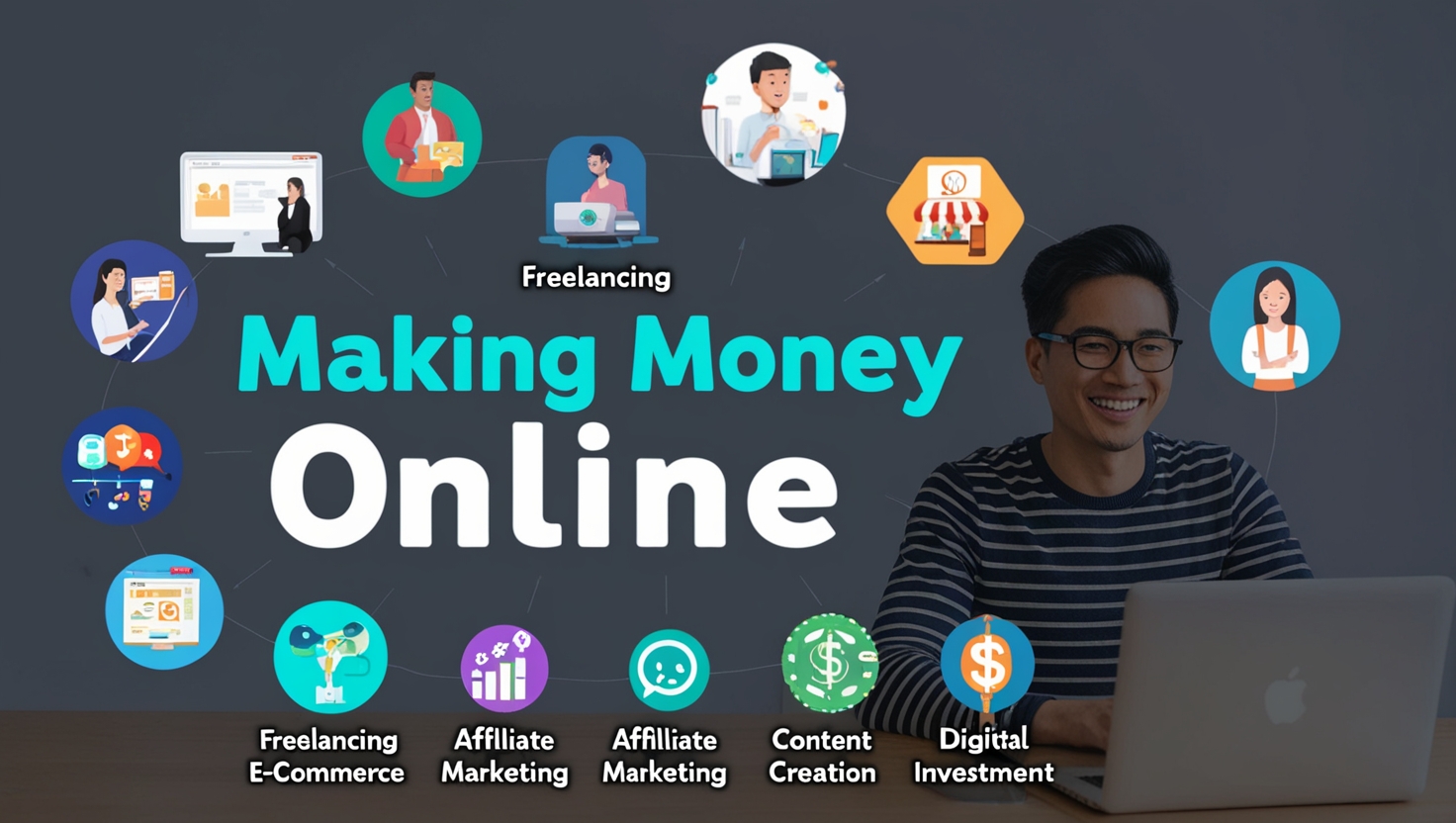العمل الحر في المونتاج وتحرير الفيديوهات: دليل شامل لتحقيق دخل مستدام
في عصر يهيمن فيه المحتوى المرئي، أصبح المونتاج وتحرير الفيديوهات مهارة أساسية. سواء كنت تسعى إلى تغيير مسارك المهني أو تبحث عن مصدر دخل إضافي، فإن العمل الحر في هذا المجال يقدم فرصًا واعدة. هذا الدليل الشامل سيزودك بالمعرفة والأدوات اللازمة لتحقيق النجاح.
الفصل الأول: لماذا المونتاج وتحرير الفيديوهات؟
يشهد سوق الفيديو نموًا هائلاً. وفقًا لـ Cisco، سيشكل الفيديو 82% من حركة الإنترنت العالمية بحلول عام 2022. هذا النمو مدفوع بمنصات مثل YouTube و TikTok و Instagram، بالإضافة إلى الشركات التي تستخدم الفيديو للتسويق والتدريب والتواصل الداخلي.
- الطلب المتزايد: الشركات والأفراد يبحثون باستمرار عن محررين فيديو موهوبين.
- المرونة: يمكنك العمل من أي مكان وفي أي وقت.
- الإمكانات الربحية: يمكن للمحررين المهرة تحقيق دخل جيد.
الفصل الثاني: تحديد تخصصك
مجال المونتاج وتحرير الفيديوهات واسع. من الضروري تحديد تخصصك لتركيز جهودك وبناء خبرتك.
- أنواع الفيديو: فيديوهات تسويقية، فيديوهات تعليمية، فيديوهات ترفيهية، فيديوهات وثائقية، إلخ.
- البرامج: Adobe Premiere Pro, Final Cut Pro, DaVinci Resolve.
- القطاعات: الشركات الناشئة، الشركات الكبيرة، المؤثرون، القنوات التلفزيونية.
الفصل الثالث: بناء مهاراتك
المهارة هي أساس النجاح. استثمر في تطوير مهاراتك بشكل مستمر.
- الدورات التدريبية: Udemy, Coursera, Skillshare تقدم دورات متخصصة.
- الممارسة: قم بتحرير مشاريع شخصية أو تطوع للعمل مع منظمات غير ربحية.
- المتابعة: تابع خبراء المجال على YouTube و LinkedIn.
الفصل الرابع: بناء ملف أعمال قوي (Portfolio)
ملف الأعمال هو بطاقة تعريفك. يجب أن يعرض أفضل أعمالك ويبرز مهاراتك.
- اختيار المشاريع: اختر المشاريع التي تمثل مهاراتك وأهدافك.
- التنوع: قم بتضمين مشاريع متنوعة لإظهار قدرتك على التعامل مع أنواع مختلفة من الفيديو.
- العرض: استخدم موقعًا إلكترونيًا أو منصة مثل Behance أو Vimeo لعرض أعمالك بشكل احترافي.
الفصل الخامس: التسعير
تحديد السعر المناسب لخدماتك أمر بالغ الأهمية.
- البحث: تعرف على متوسط أسعار السوق في منطقتك.
- الخبرة: قم بتقييم خبرتك ومهاراتك لتحديد سعر مناسب.
- التكلفة: ضع في اعتبارك تكاليف البرامج والأجهزة والوقت.
مثال: قد يتقاضى محرر فيديو مبتدئ 20-30 دولارًا في الساعة، بينما يمكن للمحررين ذوي الخبرة الحصول على 50-100 دولار أو أكثر.
الفصل السادس: العثور على العملاء
هناك العديد من الطرق للعثور على العملاء.
- منصات العمل الحر: Upwork, Fiverr, Freelancer.
- التواصل: تواصل مع شبكتك المهنية وأخبرهم عن خدماتك.
- وسائل التواصل الاجتماعي: استخدم LinkedIn و Instagram للترويج لخدماتك.
الفصل السابع: إدارة المشاريع
إدارة المشاريع بكفاءة تضمن رضا العملاء وتكرار الأعمال.
- التواصل: حافظ على تواصل واضح ومستمر مع العملاء.
- التنظيم: استخدم أدوات إدارة المشاريع مثل Trello أو Asana.
- المواعيد النهائية: التزم بالمواعيد النهائية المتفق عليها.
الفصل الثامن: الجوانب القانونية والمالية
من الضروري فهم الجوانب القانونية والمالية للعمل الحر.
- العقود: استخدم عقودًا واضحة ومفصلة لحماية حقوقك.
- الضرائب: استشر محاسبًا لفهم التزاماتك الضريبية.
- التأمين: ضع في اعتبارك الحصول على تأمين للمسؤولية المهنية.
الفصل التاسع: بناء علامتك التجارية الشخصية
العلامة التجارية الشخصية تساعدك على التميز في السوق.
- الموقع الإلكتروني: قم بإنشاء موقع إلكتروني احترافي يعرض أعمالك وخدماتك.
- وسائل التواصل الاجتماعي: حافظ على حضور قوي على وسائل التواصل الاجتماعي.
- المحتوى: قم بإنشاء محتوى قيم يتعلق بمجال المونتاج وتحرير الفيديوهات.
الفصل العاشر: الاستدامة والنمو
الاستدامة والنمو يتطلبان التعلم المستمر والتكيف مع التغيرات في السوق.
- التعلم المستمر: تابع أحدث التقنيات والاتجاهات في مجال الفيديو.
- التكيف: كن مستعدًا لتغيير تخصصك أو استراتيجيتك حسب الحاجة.
- التوسع: فكر في توظيف مساعدين أو إنشاء وكالة لزيادة قدرتك على التعامل مع المشاريع.
العمل الحر في المونتاج وتحرير الفيديوهات يمكن أن يكون مجزيًا ماليًا وشخصيًا. بالالتزام بالتعلم المستمر والتطوير المهني، يمكنك بناء مسيرة مهنية ناجحة ومستدامة.




